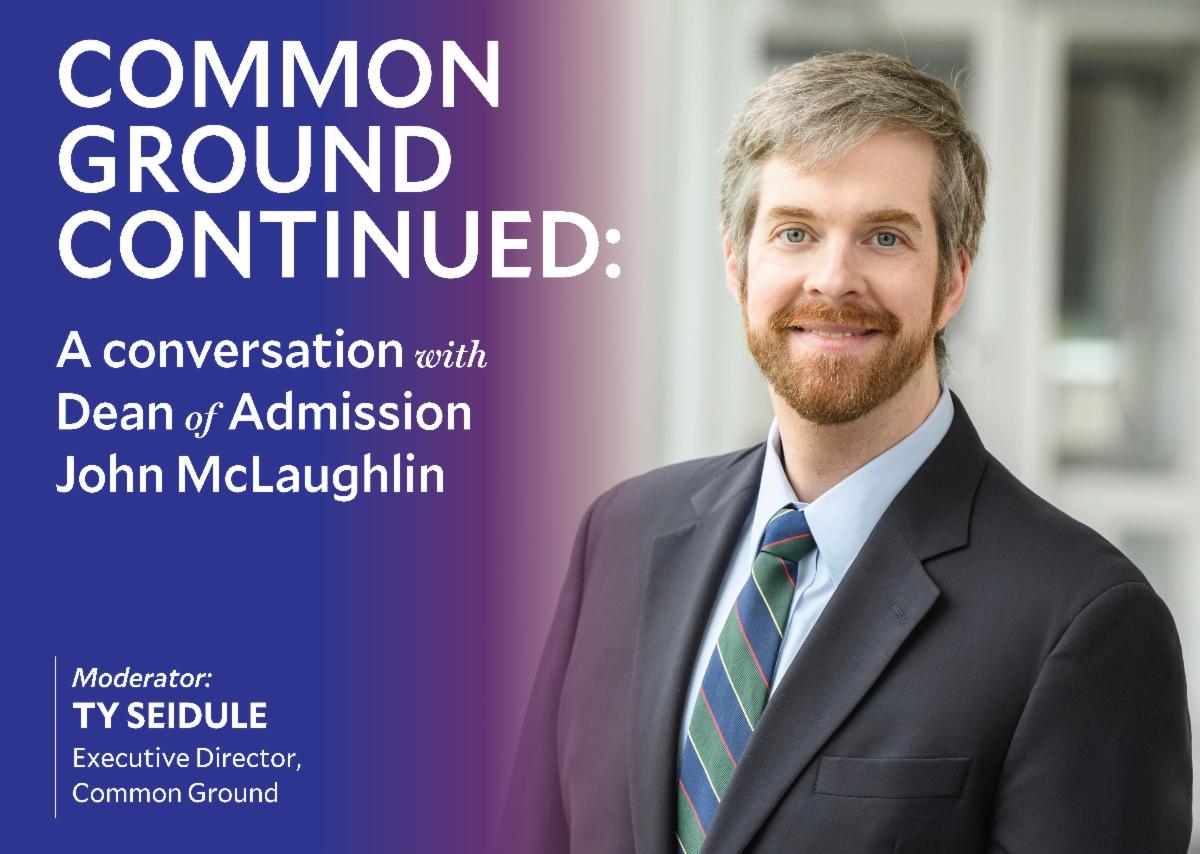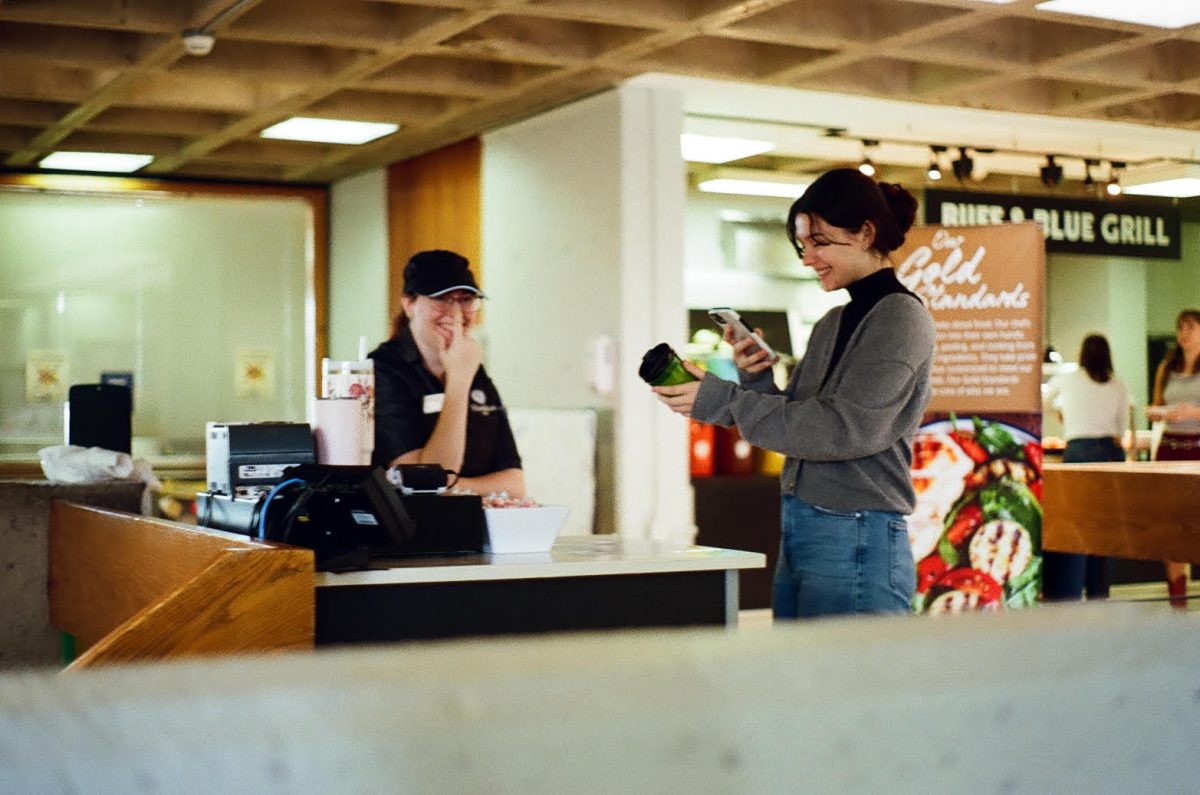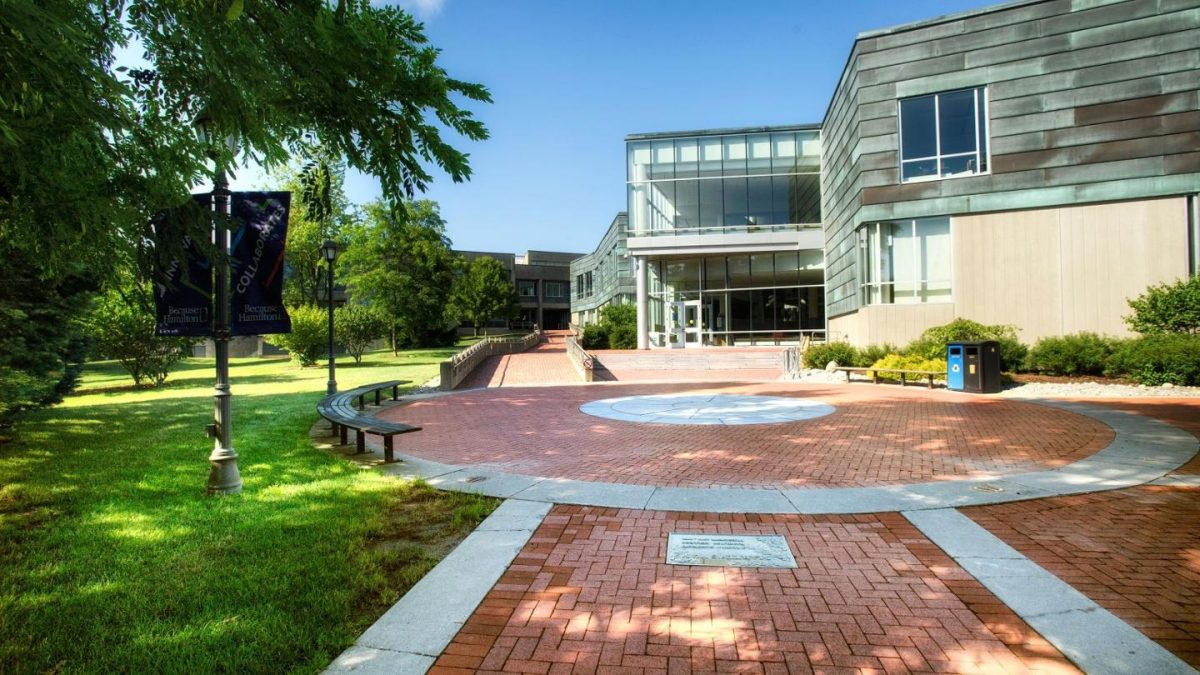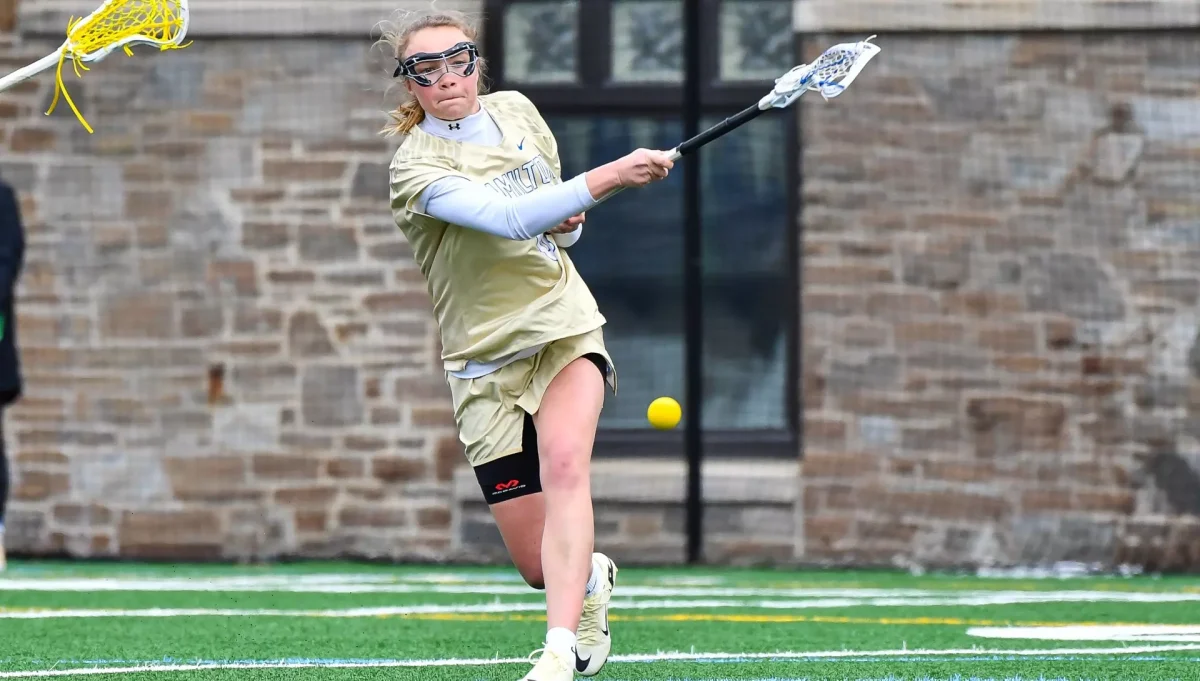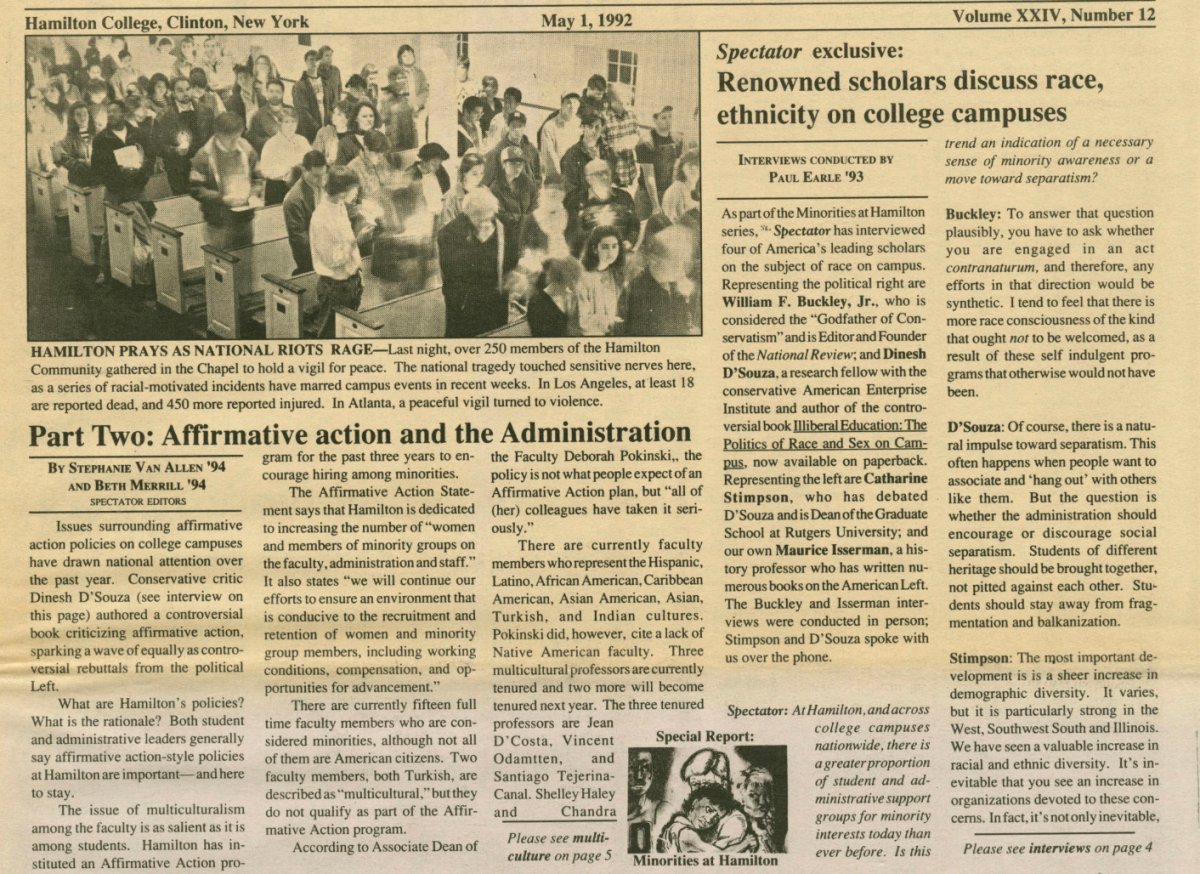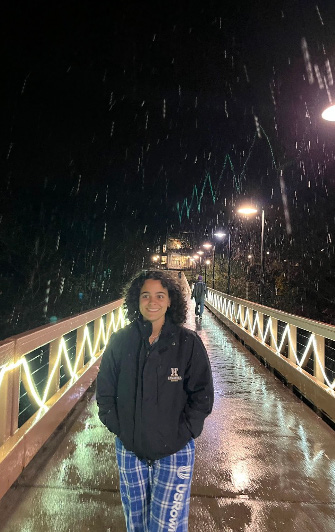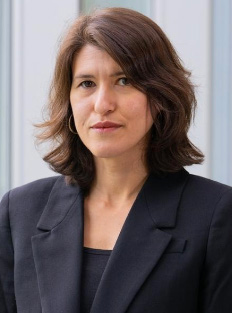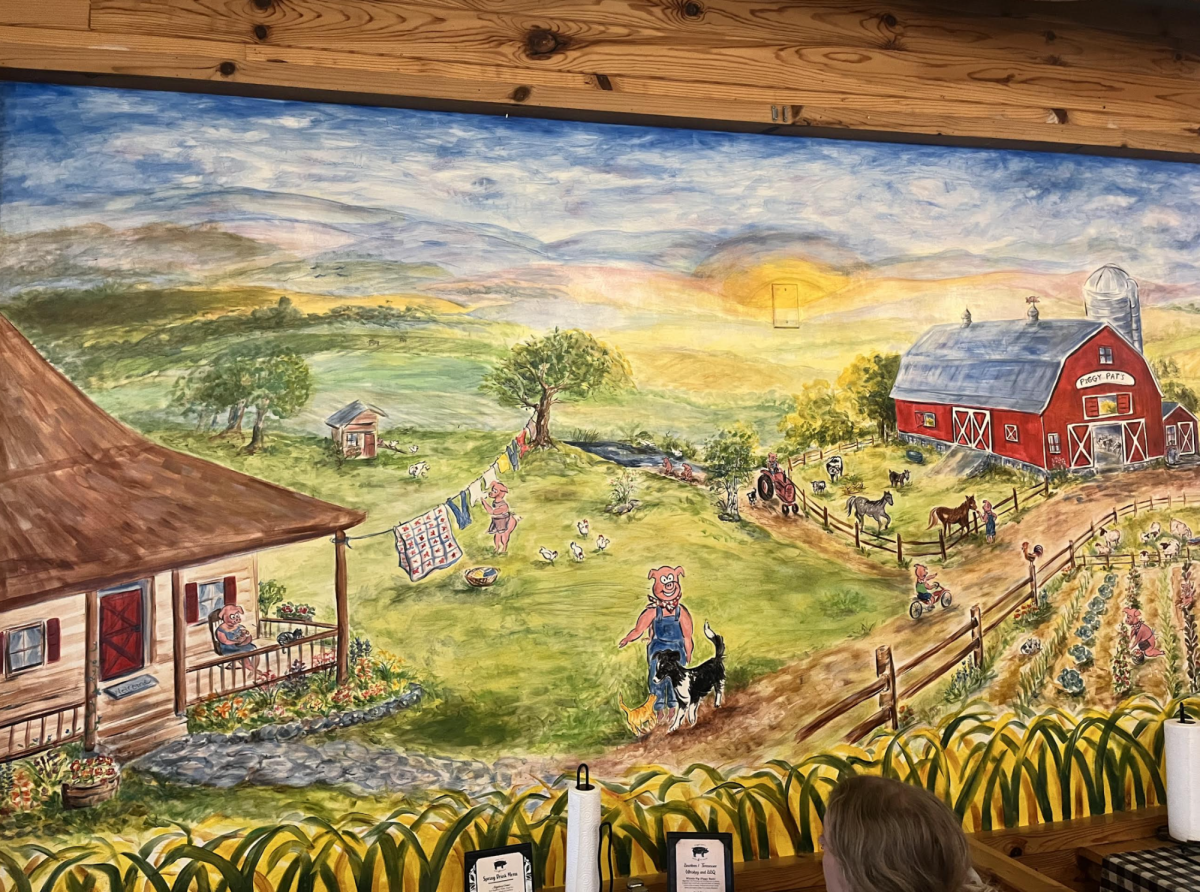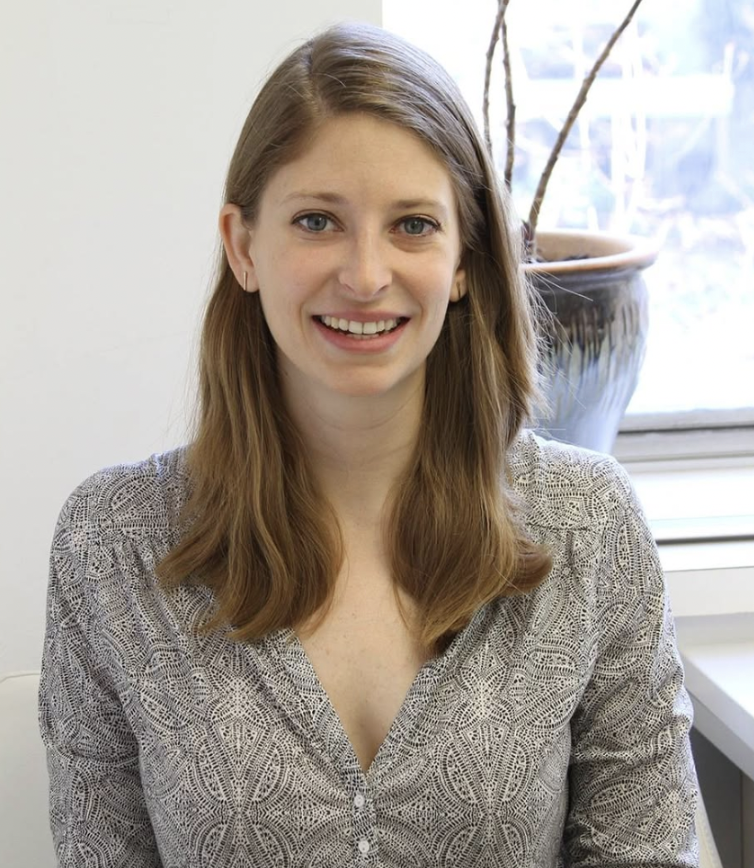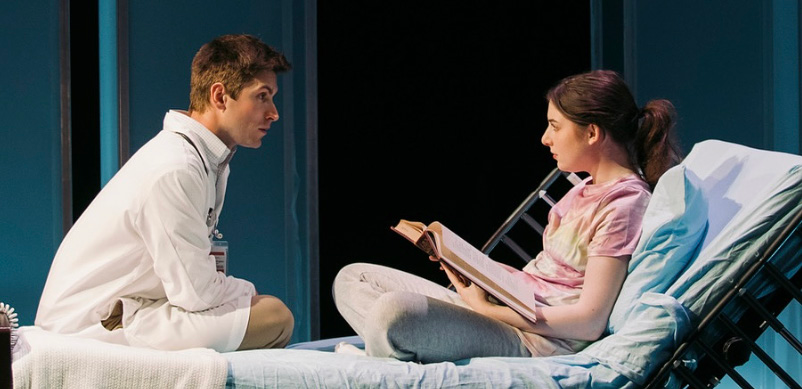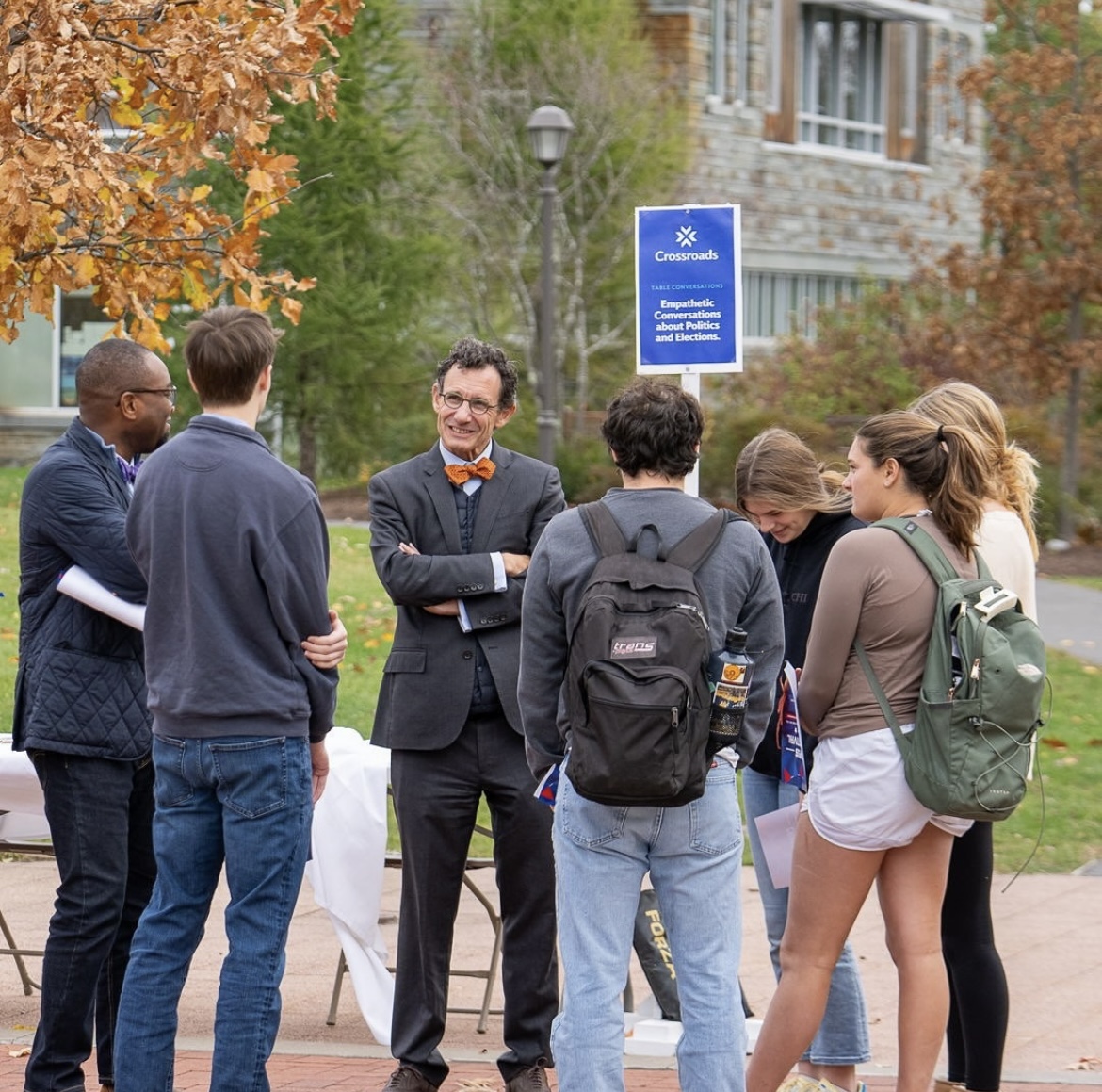
Hamilton, like most U.S. colleges and universities, follows a shared governance model, which distributes decision-making authority among the Board of Trustees, the administration, and the faculty. There are many ways for students to provide input and offer feedback within this governance structure, and I encourage students to take advantage of these opportunities.
When Hamilton received its charter from the State of New York in 1812, the responsibility for “all matters of the College” was entrusted to the Board of Trustees. The board still maintains overall authority for the College, which it exercises, among other ways, by selecting the president, approving the annual budget, authorizing the conferral of degrees, approving tenure, exercising general oversight over College operations, and ensuring adherence to the College’s educational mission.
An amendment to the College charter in 1904 delegated “general government and discipline” of the College to the president, who can, and has, entrusted general operations to the respective officers and divisions that have expertise for different areas of the College’s operation.
The faculty, in turn, have primary responsibility for the academic program. This includes, for example, the curriculum, methods of instruction, and matters of faculty status.
Students, though they do not exercise formal governing authority under the College’s charter, play an important role in College decision making. Students sit on most committees of the Board of Trustees, and on a large variety of College committees, from the Budget Committee to the COVID-19 Task Force. Student Assembly has oversight on certain matters of funding for student organizations, and can convey student views to the faculty and administration. Students play a leading role in the operation of the student judicial system; 10 of the 15 members of the Judicial Board are students.
Moreover, all students can offer input on issues of importance to the campus, by meeting with the president and other senior administrators, talking with faculty, interacting with board members when they are on campus, and in myriad other ways.
While we won’t always agree on what’s best for Hamilton, we as a community can pledge to listen to each other with an open mind, include a diverse range of viewpoints in our deliberations, and communicate as thoroughly as possible.
Best wishes for a productive and successful semester that advances our individual and collective interests.

